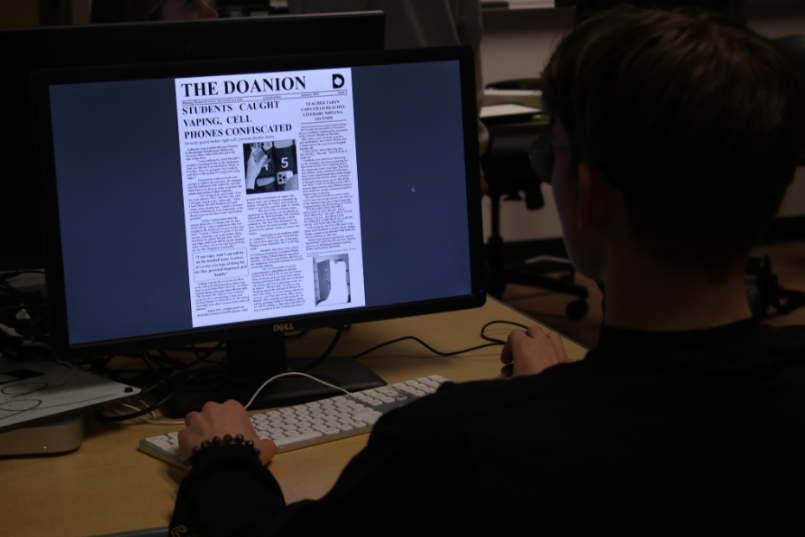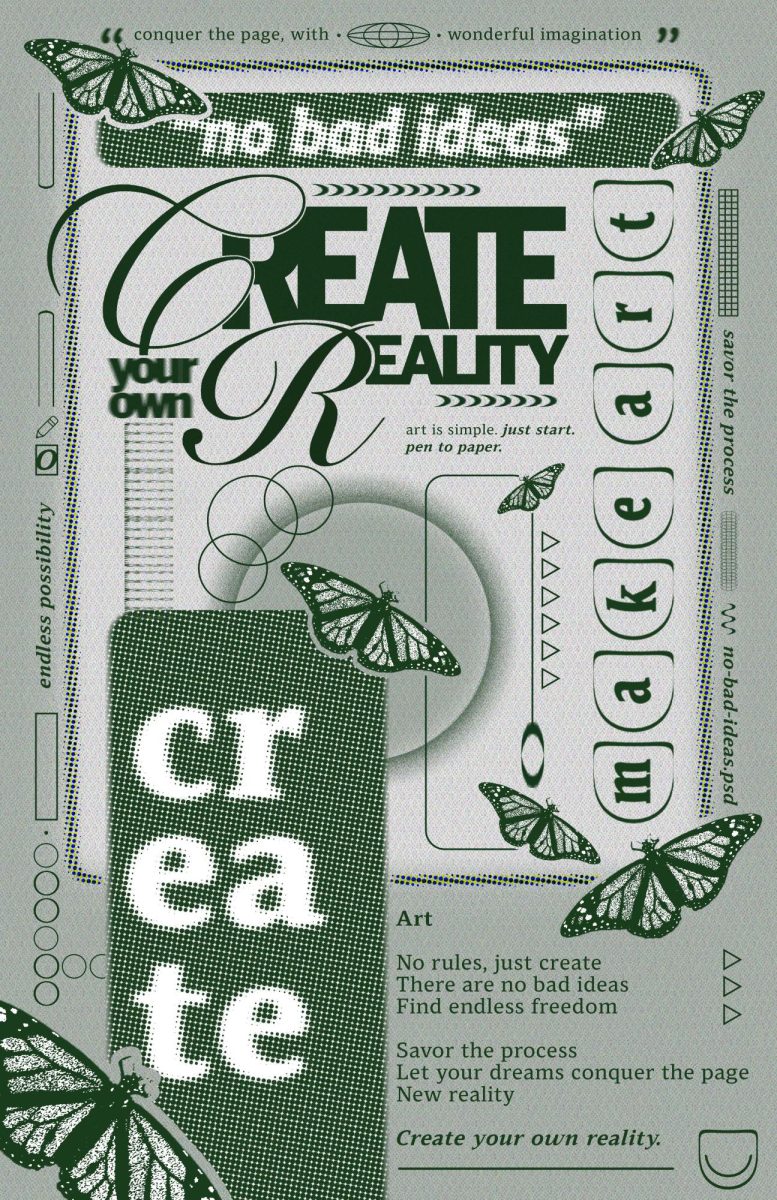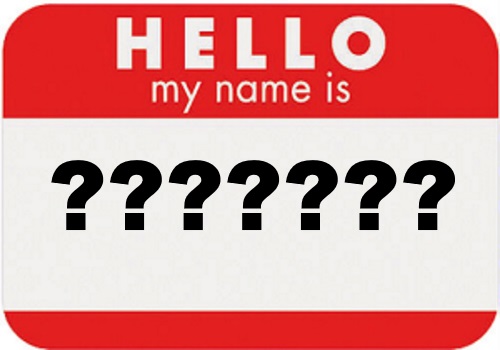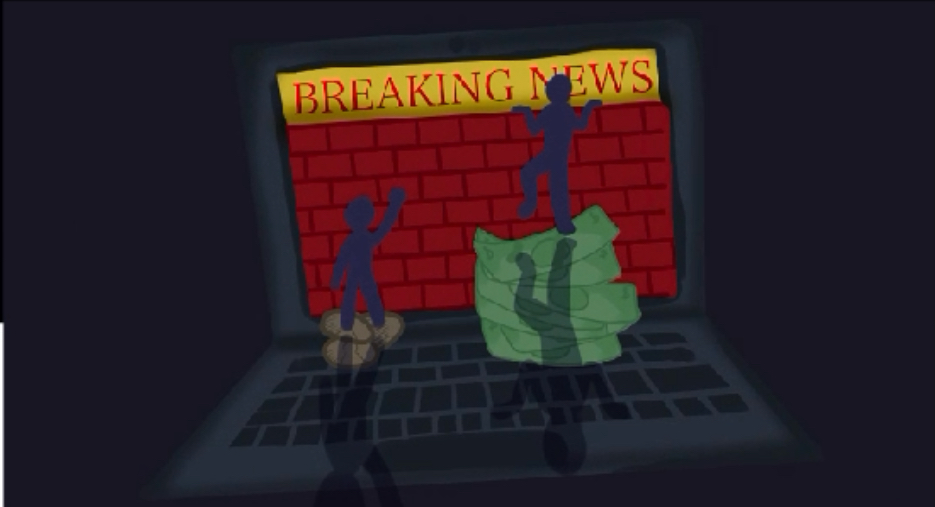F or as long as I can remember, my parents have been paying the 20-dollar a month subscription to The New York Times.
In 2011, The New York Times introduced a paywall to their site. Then, in 2013, The Washington Post created one. In 2010, The Sunday Times launched one. The Wall Street Journal has had one since 1997. The list keeps going. Almost every major news organization has put its content behind a paywall.
The idea of journalism being a business is not a new one. Even in the 19th century, newspapers were competing for more customers. Since Hearst and Pulitzer became the reason behind the term yellow journalism, it has been clear that the news is also a business.
That was okay. That was part of the drive. Better news, better storytelling, more accurate journalism. But things have changed—for the worse.
The way newspapers used to make money was through selling ads. Companies and businesses would purchase space for their ads in the paper. The quarter that the masses paid was nothing. It didn’t even offset the cost of production.
The papers were funded by the companies. This created a standard. Businesses would never want their ad in a paper promoting falsities and sensational stories. Having your ad for your bookstore next to an editorial about how the United States should invade and occupy the Middle East would deter business. You’d stop paying for ad space.
There was a standard that newspapers were held to by the people who kept them in business.
All of that is gone.
The consumers and the general public are now the investors. The paywall is what keeps these papers alive. Twenty dollars a month is how they make money.
This changes their goals.
What was once about informing the people has become fully intertwined with business. Journalists and businessmen at most media companies can hardly be separated. It comes down to one thing. People want to hear what they already believe.
The public is paying directly for information, and they have a host of options. If they don’t like what you have to say, they can go pay for somebody else who will. If the audience of a paper is a far-right conspiracists, that’s what the newspaper will publish. Like any good business, they have begun catering to their specific audience of consumers.
Selling ad spaces to businesses held newspapers accountable. Spewing misinformation would reflect poorly on those who funded them. Now, the newspapers are simply catering to their consumer base. Why tell the people funding you things they don’t want to hear?
Journalism has become separated from truth-telling and informing. It has become a business that exists to develop and promote echo chambers for its consumers.
The only means that I imagine will fix this is the destruction of the paywall. Returning to the roots of newspapers and funding them through advertisements is the only way I see the return of adequate journalism.
This exists on both ends of the political spectrum. While it seems clear that the far right often falls deeper into the trap of echo chambers, they exist everywhere. Not only this, but it makes news inaccessible to those experiencing poverty.
Accurate news is a fundamental right that every person should have access to. The explosion of paywalls has created a system in which thousands of people receive false news, select news, sensationalized news, or no news at all.
Something has to change. And I encourage every journalist to reflect on the motivations of their publication. Our job is to inform, not to satisfy the consumer.
































